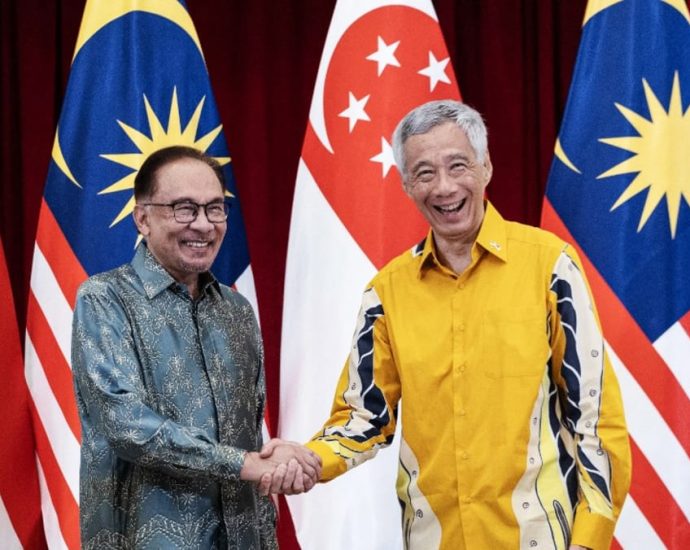Loved or loathed, carbon capture is here to stayÂ
Energy, government, and United Nations agencies agree that carbon capture and storage (CCS) is an essential weapon in fighting climate change. The technology will be a central part of the debate at the COP28 conference starting in Dubai on Monday.
But most environmental groups – and many environmentally minded journalists – oppose it, seeking out and playing up arguments for its demise.
Why is CCS so vital, yet so vilified?
Carbon capture and storage, or its close cousin, carbon capture, use and storage (CCUS), is a suite of technologies for trapping carbon dioxide, the main gas responsible for climate change, from power stations, industrial facilities, and other sites burning oil, gas, coal, biomass, or solid wastes, or emitting CO2 during production, such as in cement-making.
The carbon dioxide is then piped to a location to be safely disposed of thousands of meters underground, in depleted oil or gas fields, or within rock formations containing undrinkable saline water. It also can be used to make fuels, fertilizers, plastics, enhance plant growth in greenhouses, and even to put the fizz into drinks.
The We Mean Business Coalition, 131 companies representing nearly US$1 trillion of yearly revenues, published a letter saying, “We call on all Parties attending COP28 in Dubai to seek outcomes that will lay the groundwork to transform the global energy system towards a full phase out of unabated fossil fuels and halve emissions this decade.” Unabated, in this context, means using capture techniques to keep emissions from warming the planet.
Technology wrongly disparaged
Yet recent articles by Bloomberg, the Financial Times (which reported on the coalition’s letter), The Wall Street Journal, and others address the failings, real or alleged, of various carbon-capture projects. Because the technology is promoted by the oil and gas industry, these reports start from the standpoint that CCS is somehow optional, that it must prove itself, and that it’s at best an undesirable necessity.
This is radically wrong and misleading, and dangerous for successful climate policy.
Currently, about 42.6 million tons per year of capture is operating worldwide. Another 198.2 million tons per year is under construction or in advanced or early development. The International Energy Agency’s sustainable development scenario requires an additional 600 million tons of annual capture by 2030; its net-zero scenario has almost 1 billion tons by then.
Carbon capture and storage is rapidly broadening beyond its original deployments in North America and Europe, to the Middle East, Southeast Asia, and Australia. Saudi Arabia plans to reach 44 million tons of annual capture at Jubail International City by 2035; the United Arab Emirates’ Abu Dhabi National Oil Company recently doubled its 2030 target to 10 million tons.
This is not an “unproven” or “risky” or “too expensive” method, as it’s often labeled; it’s a well-established technology that is accelerating into mainstream use.
Why, one might ask, not use renewable energy entirely instead of fossil fuels with CCS?
Entirely renewable-based power systems may be theoretically possible, but they’re rare to date, used only in a few small countries (like Iceland), and largely based on hydropower, which has environmental drawbacks of its own and requires suitable geography.
Systems relying solely on high shares of wind and solar are virtually unheard of and, to the extent they exist, are reliant on significant interconnections with other grids.
Including some share of gas-based electricity in the system lowers overall costs significantly and raises reliability. New gas power stations with integrated carbon capture promise very low-cost clean power.
Even more important, many essential industrial processes don’t have a viable non-fossil alternative. These include iron and steel, cement, fertilizers, chemicals, and refining.
In the case of cement and many chemical processes, the release of carbon dioxide is an integral part of production. Some of the others have electrical or hydrogen-based options, but these are expensive, often technologically unready, and impossible to retrofit to existing facilities. These could be introduced during the 2030s, but we need decisive action on emissions this decade to be anywhere near net-zero by the UN’s target of 2050.
Carbon capture and storage is indeed backed by the oil and gas industry, just as solar power is backed by the renewables industry, and wind power by windy countries. Saudi Arabia, the UAE, Qatar, Norway, Britain, the United States, Australia, Canada and other important fossil-fuel producers have made it a central part of their climate strategies. This is self-interested, but also practical.
Fossil fuels will continue to be a major part of the global energy mix to 2050 and beyond, even in “net-zero” scenarios – and we are far from being on track for those. The more carbon dioxide we emit now, the more we must remove from the atmosphere in the future. Recent news coverage underlines the dismal record of most biologically based carbon offsets – saving forests that weren’t in danger or that burnt down after credits were issued.
By contrast, CCS, and its special case, direct air capture of atmospheric carbon dioxide, offer verifiable, measurable, permanent disposal.
Instead of attacking and seeking to halt CCS, journalists and environmental campaigners should be holding oil companies and countries to account, demanding that they deliver on their CCS commitments.
They should be scrutinizing policies that fail to support CCS sufficiently, or don’t put it on a level playing field with renewables, electric vehicles, and other more politically favored climate-friendly options.
And they should ask where some past unsuccessful projects went wrong, and how to avoid similar mistakes in the future.
This article was provided by Syndication Bureau, which holds copyright.
Follow this writer on X @robinenergy.





















